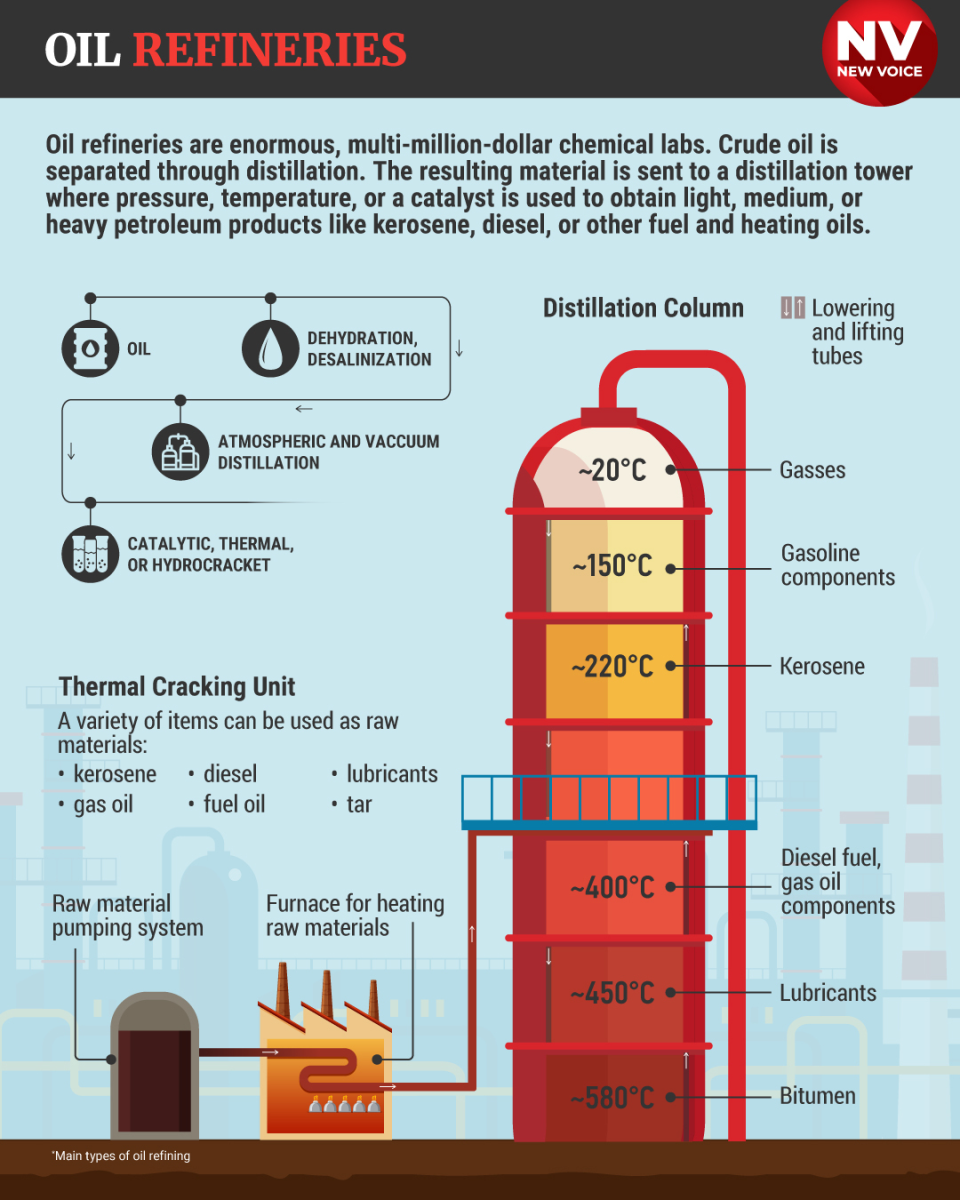Impact of Ukrainian UAV strikes on Russian assets - ISW analysis

The campaign of strikes on Russian assets shows Ukraine's ability to achieve asymmetric effects in the war, even if it is inferior in weapons, according to the latest report by the U.S.-based Institute for the Study of War released on March 20.
The UAV strike on a Russian air base in Russia’s Saratov Oblast, which involved the Main Intelligence Directorate of the Ministry of Defense of Ukraine (HUR), is an additional sign that Ukrainian drone strikes against Russia "achieve limited asymmetric effects against Russian military assets and economic output."
Satellite imagery indicates that there were 11 Russian aircraft at Engels airbase on March 19 ahead of the strike, although ISW has no visual evidence that Ukrainian forces have damaged Russian aircraft at the airfield.
The geolocated video footage from Engels contains the sound of loud explosions in the vicinity, but it is unclear whether they are coming from targets in Engels or from Russian air defense systems engaging air targets.
The Russian Defense Ministry reported the alleged destruction of four Ukrainian UAVs over Saratov Oblast, while Governor Roman Busargin claimed that the strikes did not cause any damage.
Read also: Drone attacks halt nitrate transshipment at large St Petersburg port, causing significant cargo loss
ISW views these efforts by Ukraine as part of a broader campaign, recalling that recent Ukrainian drone strikes on oil refineries in Russia could have significantly undermined Russia's refining capacity. In particular, Bloomberg reported on March 20 that the UAV strikes could have disabled up to 11% of Russia's total refining capacity.
In particular, Torbjörn Törnqvist, CEO of the multinational energy trading company Guvnor, believes that the Ukrainian strikes have deprived Russia of at least 600,000 barrels of daily refining capacity, while the American JPMorgan Chase and Co. estimates this figure even higher, at 900,000 barrels of daily refining capacity.
The drop in Russia's refining capacity appears to have caused a sharp rise in gasoline and diesel prices on the St. Petersburg International Mercantile Exchange, but only a slight increase in the cost of domestic fuel in Russia, ISW adds.
Törnqvist believes that this loss of refining capacity is likely to have an immediate impact on Russia's exports of distillates (oil products, called light fractions of crude oil, with a boiling point of less than 350 degrees, including gasoline).
ISW has not yet seen evidence of a decline in Russian exports of crude oil and petroleum products following the Ukrainian strikes on Russian refineries. However, analysts note that in 2023, Russia relied on oil revenues to support the federal budget amid the rising costs of the war in Ukraine, so significant restrictions on oil exports could have a significant impact on Russia's ability to balance record defense spending in 2024 with social spending commitments.
ISW experts also believe that Ukrainian drone strikes on targets in Russia are likely to increase pressure on Russian air defense capabilities. On March 19, Director of the Gas Industry Development Department of the Russian Ministry of Energy and Coal Industry Artem Verkhov said that his department, together with the Russian Guard, is working on the idea of deploying Pantsir-S1 air defense systems at Russia's strategic energy facilities.
At the same time, HUR spokesman Andriy Yusov said that Russia has already deployed Pantsir systems at energy facilities, and such statements about the alleged planned deployment are intended to reassure the Russian public. Previous strikes by Ukrainian drones on strategic targets in the Moscow and Leningrad oblasts may have constrained Russian short-range air defense assets along these likely UAV flight routes.
This comes amid Russian ultra-nationalists recently complaining about the lack of air defense capabilities in other Russian regions deep in the rear. Thus, Ukraine's ability to target Russian military infrastructure, threaten Russian oil refining and exports, and increase pressure on Russia's air defense umbrella demonstrates that Ukraine can achieve an asymmetric effect even with strikes from a limited number of mostly domestically produced drones.

We’re bringing the voice of Ukraine to the world. Support us with a one-time donation, or become a Patron!
Read the original article on The New Voice of Ukraine

